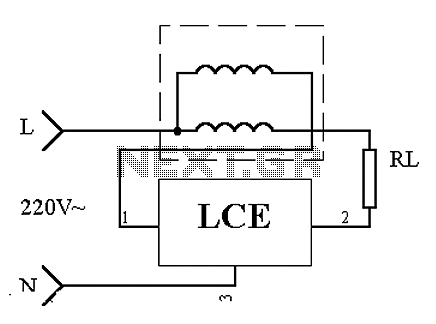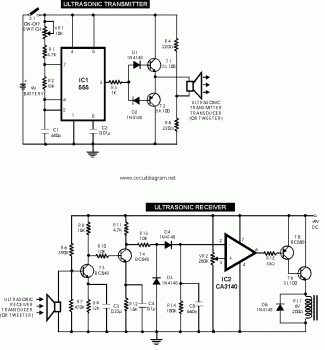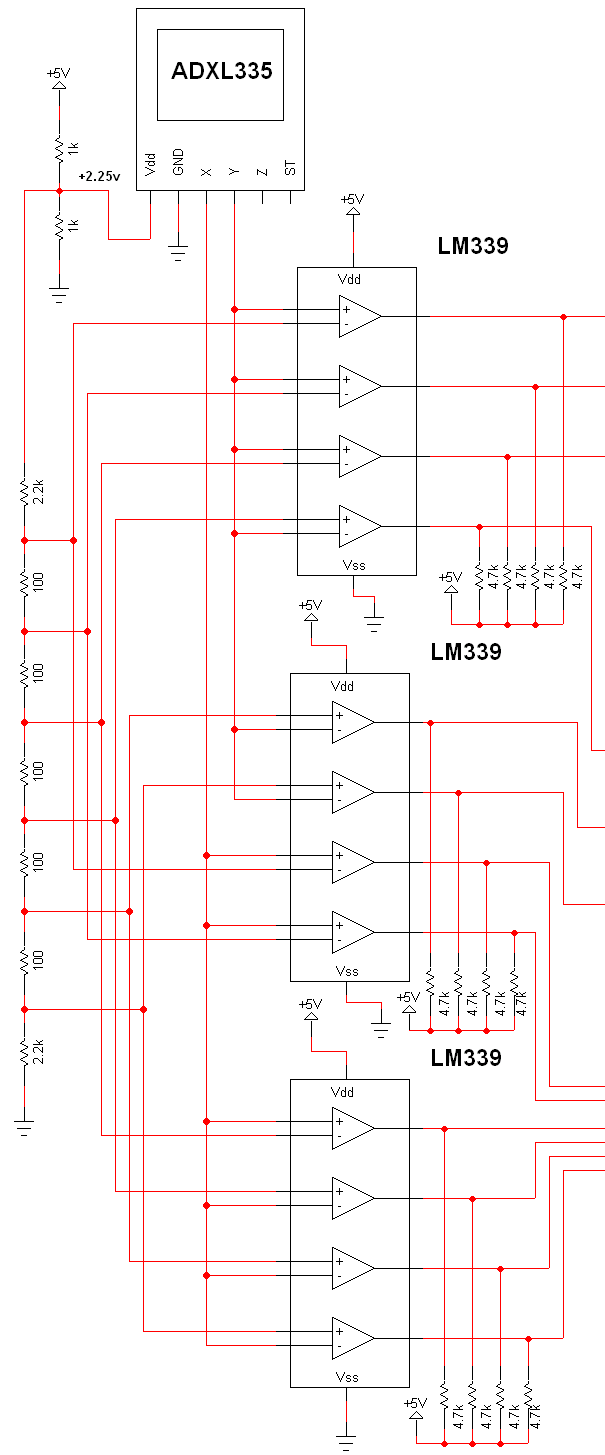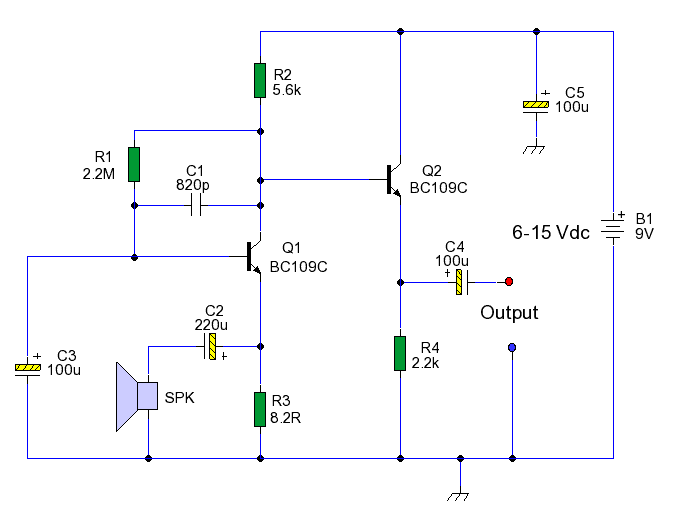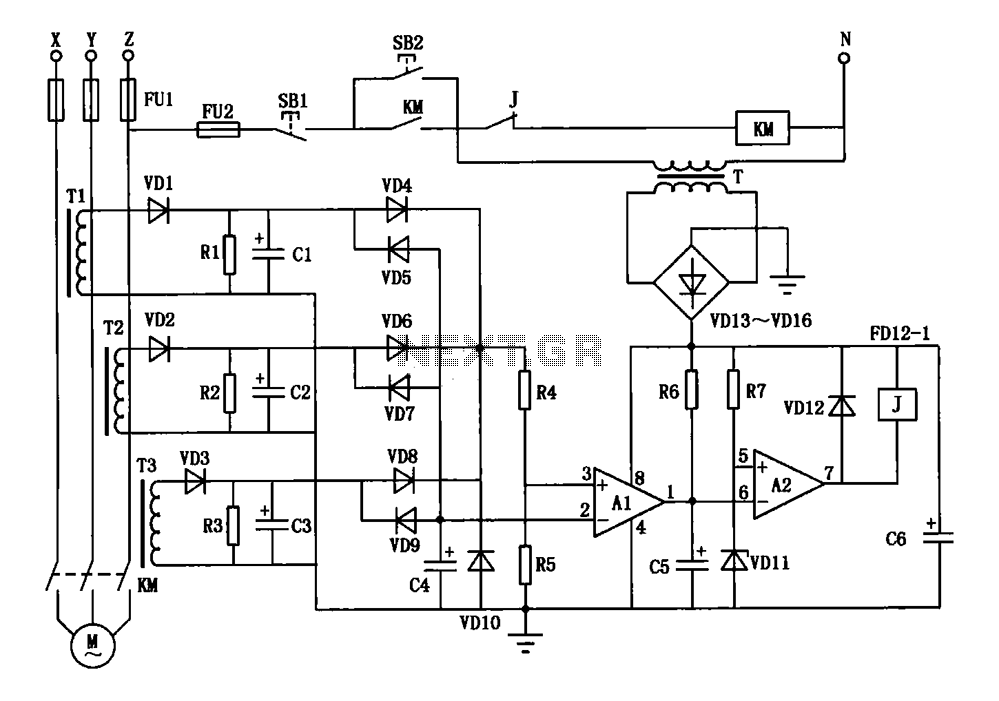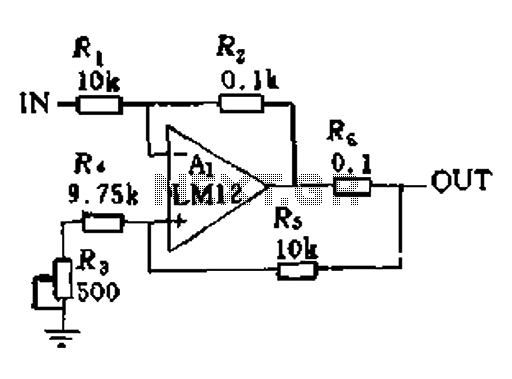
Collection of Little Bridged Power Amplifiers circuit
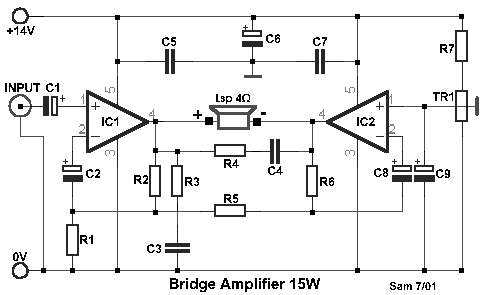
This is a compact collection of amplifiers configured in a bridge connection. The output power is low, making them suitable for general applications. They can be utilized with small active loudspeakers, car stereos, and similar devices. The only limitation is that loudspeakers with a resistance below 4 ohms should not be used.
The described circuit consists of a series of low-power amplifiers arranged in a bridge configuration, which effectively doubles the output voltage across the load compared to a single-ended amplifier setup. This allows for increased power delivery to the connected loudspeakers while maintaining a compact design. The amplifiers are typically integrated circuits (ICs) designed for audio applications, ensuring low distortion and high fidelity in sound reproduction.
The bridge connection involves pairing two amplifiers, where one amplifier drives the positive terminal of the loudspeaker while the other drives the negative terminal. This configuration is beneficial for small active loudspeakers and car stereo systems, enabling users to achieve a satisfactory audio experience without the need for high-power amplifiers.
It is crucial to adhere to the specified loudspeaker resistance of 4 ohms or higher to prevent damage to the amplifiers. Using speakers with lower resistance can lead to excessive current draw, potentially causing overheating or failure of the amplifier components. The circuit may also include protection features such as thermal shutdown and short-circuit protection to enhance reliability.
Overall, this collection of amplifiers in a bridge configuration is designed for versatility in various audio applications, providing an effective solution for compact audio systems that require moderate power output while ensuring user safety and equipment longevity.It is a little collection of amplifiers in bridge connection. The output power is low and they are for general use. They can be used with small active loudspeakers, car stereos etc. The only restriction, is that we should use loudspeakers with resistance above 4 ohm.. 🔗 External reference
The described circuit consists of a series of low-power amplifiers arranged in a bridge configuration, which effectively doubles the output voltage across the load compared to a single-ended amplifier setup. This allows for increased power delivery to the connected loudspeakers while maintaining a compact design. The amplifiers are typically integrated circuits (ICs) designed for audio applications, ensuring low distortion and high fidelity in sound reproduction.
The bridge connection involves pairing two amplifiers, where one amplifier drives the positive terminal of the loudspeaker while the other drives the negative terminal. This configuration is beneficial for small active loudspeakers and car stereo systems, enabling users to achieve a satisfactory audio experience without the need for high-power amplifiers.
It is crucial to adhere to the specified loudspeaker resistance of 4 ohms or higher to prevent damage to the amplifiers. Using speakers with lower resistance can lead to excessive current draw, potentially causing overheating or failure of the amplifier components. The circuit may also include protection features such as thermal shutdown and short-circuit protection to enhance reliability.
Overall, this collection of amplifiers in a bridge configuration is designed for versatility in various audio applications, providing an effective solution for compact audio systems that require moderate power output while ensuring user safety and equipment longevity.It is a little collection of amplifiers in bridge connection. The output power is low and they are for general use. They can be used with small active loudspeakers, car stereos etc. The only restriction, is that we should use loudspeakers with resistance above 4 ohm.. 🔗 External reference
